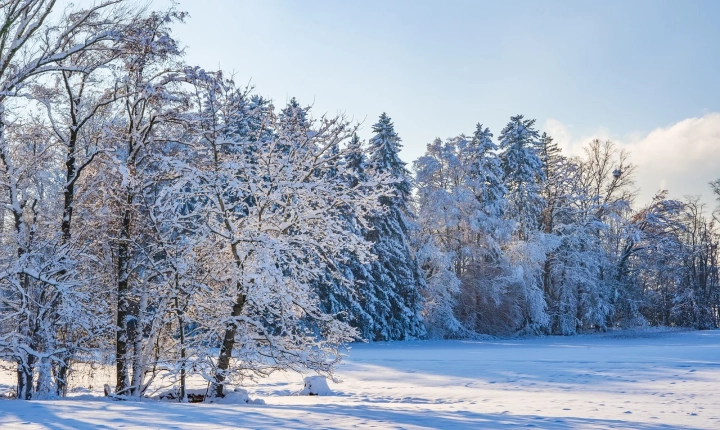In the age of digital art and design, creating custom brushes for digital painting and graphic design can significantly enhance the creative process. With the advancement of artificial intelligence (AI) technology, it is now possible to create unique and intricate images that can be saved and used as brushes in popular design software such as Adobe Photoshop. This opens up a new realm of creative possibilities for artists and designers.
Creating custom brushes from AI-generated images can add a touch of innovation and originality to your digital artwork. Whether you want to incorporate intricate patterns, textures, or illustrations into your designs, converting AI-generated images into brushes allows you to infuse your artwork with a personal and distinctive flair.
Here are a few steps to save an AI image as a brush:
1. Generate an AI Image:
There are various AI-powered tools and platforms available online, such as DeepArt, Deep Dream Generator, or RunwayML, that allow you to create unique and artistic images using AI algorithms. Generate an image that you find visually appealing and suitable for use as a brush.
2. Edit and Refine the Image:
Once you have generated the AI image, you may need to edit and refine it to suit your specific requirements. This could involve adjusting the colors, contrast, and overall composition of the image to ensure that it translates well into a brush.
3. Prepare the Image for Conversion:
Before converting the AI image into a brush, it’s important to ensure that the image meets the required specifications. This typically involves cropping the image to the desired size and resolution to optimize its use as a brush within your design software.
4. Save the Image in a Compatible Format:
To use the AI image as a brush in most design software, it is essential to save the image in a compatible format such as JPEG, PNG, or TIFF. Additionally, ensure that the image has a transparent background if you intend to use it as a brush that overlays onto other elements in your designs.
5. Import the Image into Your Design Software:
Open your preferred design software, such as Adobe Photoshop, and import the AI image that you want to convert into a brush.
6. Create a Brush Preset:
In Adobe Photoshop, you can easily convert an image into a brush preset by navigating to the Edit menu, selecting Define Brush Preset, and naming your new brush. This process allows you to specify additional settings such as brush size, spacing, and shape dynamics to customize the behavior of the brush.
7. Save and Organize Your Brushes:
Once you have created the brush preset, make sure to save it within the brush library of your design software for easy access in future projects. Organizing your brushes into categories or sets can help streamline your workflow and facilitate efficient brush selection.
By following these steps, you can harness the power of AI-generated images and transform them into custom brushes that add a unique touch to your digital artwork. Whether you are a digital artist, illustrator, or graphic designer, incorporating AI-generated brushes into your creative toolkit can elevate the visual impact of your projects and inspire new artistic directions.
In conclusion, the ability to save AI images as brushes opens up a world of creative possibilities for artists and designers. By leveraging AI technology and design software, you can seamlessly integrate AI-generated images into your digital artwork, adding depth, complexity, and originality to your designs. The versatility and adaptability of AI-generated brushes offer a powerful tool for artistic expression and innovation in the digital realm.
